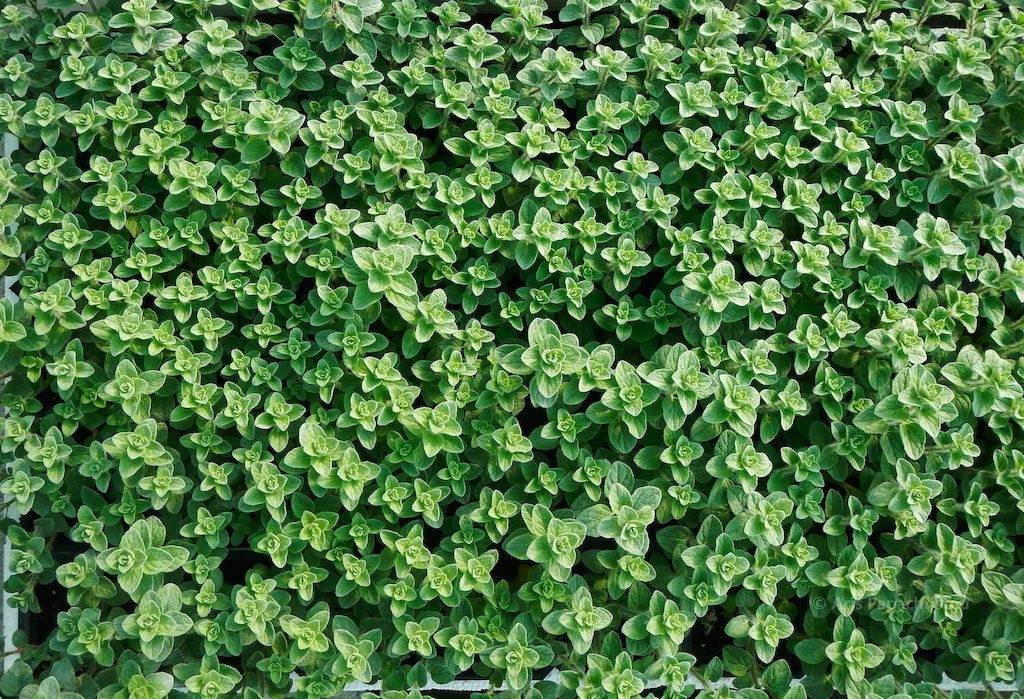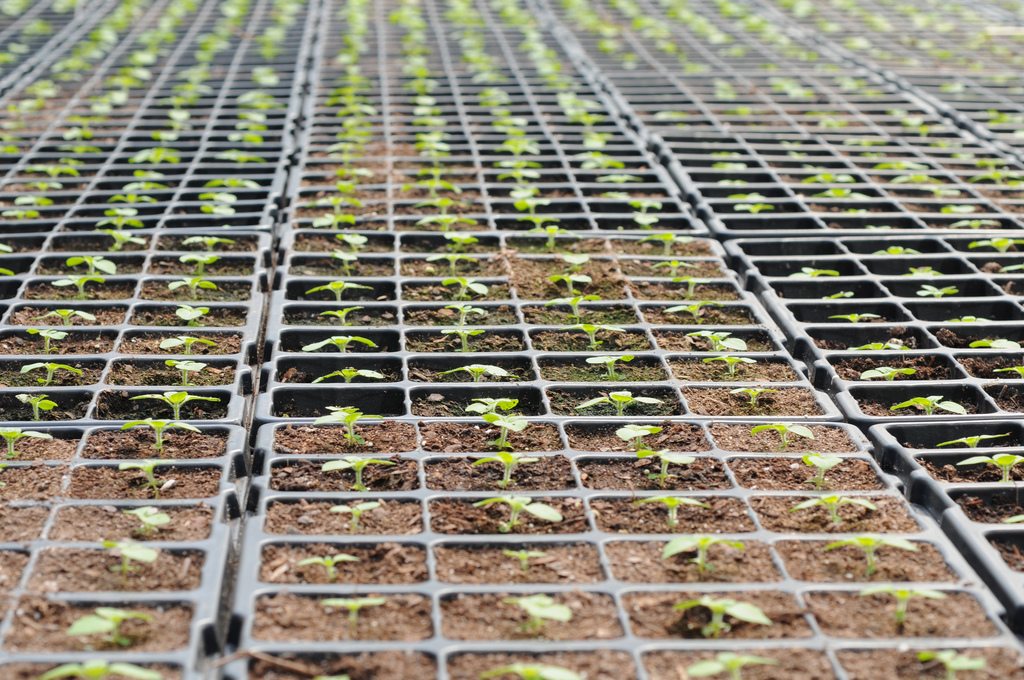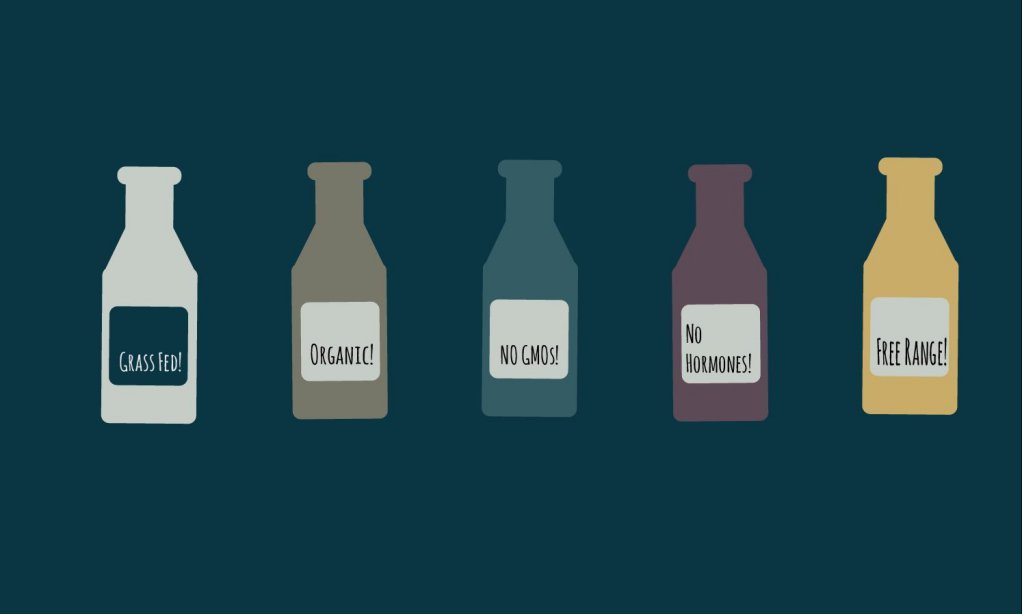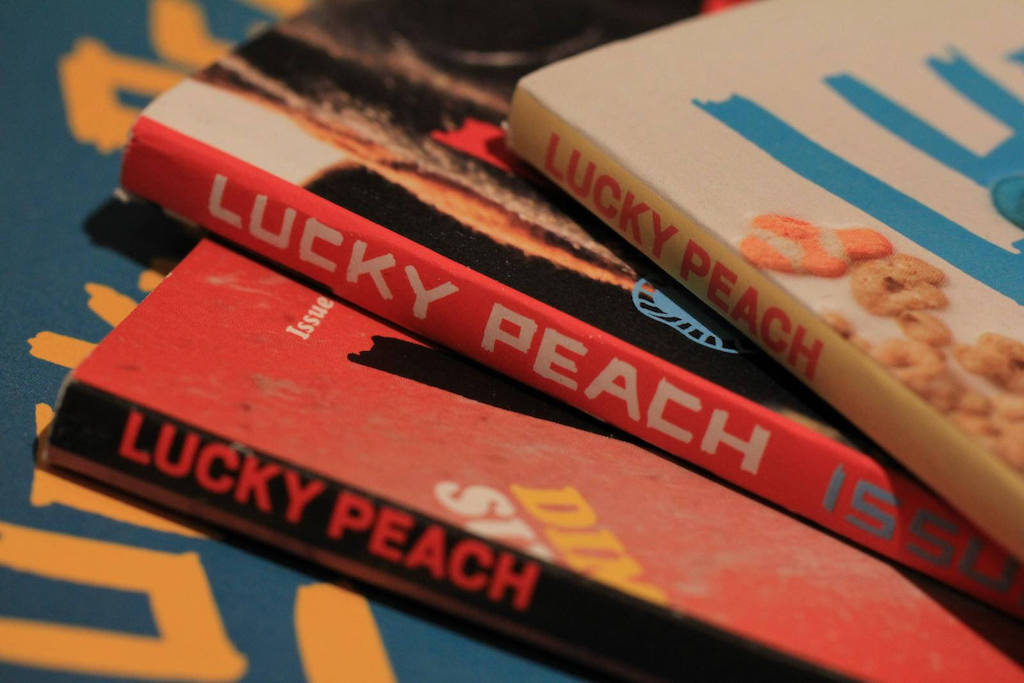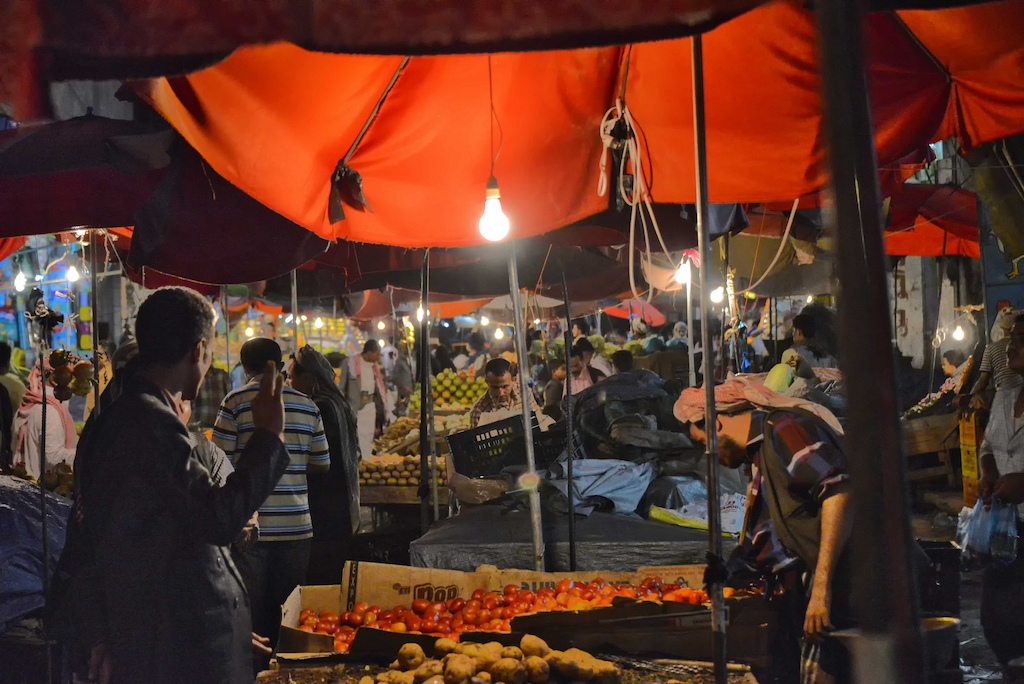Okay, first the bad news. Much like your olive oil and your honey and your saffron and your sushi, it turns out your oregano is often bogus, bulked up with low-grade adulterants like strawberry and olive leaves. Researchers have done study after study on this phenomenon, and every time the results turn up a solid amount of junk in the oregano. A recent study published in Food Chemistry was no exception: “An assessment of 54 suspected adulterated oregano samples revealed that almost 90% of them contained at least one bulking agent, with a median level of adulteration of 50%.” Ay yi yi.
Now for the good news. This recent study utilized improved methodology for detecting adulterants, which researchers say is rapid and highly effective. Dr. Olivier Chevallier (not to be confused with the cool French motorcycle racer) of Queen’s University Belfast says that his team’s mass spectrometry techniques have grown very adept at detecting a range of adulterants quickly. The spectroscopic technology, which used to be constrained to looking only for specific impurities, can now detect virtually anything that’s not meant to be there. Chevallier sees potential for government inspectors or importers to test products immediately and reject them if they’re not legit. “These tools have much potential for detecting and fighting against food fraud,” he says.
Now it may seem a little surprising that a low-end spice like oregano would even be a target for fraudsters (especially considering its own shady history of being sold as fake weed). Selling fake Kobe or truffles would seem a more lucrative scam, no? That is, unless you consider the scale of oregano sold. If you’re a wholesaler trading enormous quantities of a product, padding just 10 or 20 percent with a throwaway adulterant can quickly add up to big cost savings. Chevallier says there are many lower-priced items that get bulked up like this — garlic, paprika, even rice. “Any commodity can be targeted,” he says.
Chevallier, who has been researching food fraud for some time now, notes that he would not be able to distinguish between real and adulterated oregano just by tasting it. Most consumers probably couldn’t tell either, but that’s not really the point. “In terms of taste, this isn’t really a problem,” he says. “But think of biosecurity and safety. If [producers] are adding olive leaves that have been heavily treated with pesticides, people need to know that!”
Back to the good news. Chevallier and his team of researchers continue to fine-tune their detection technology and methods; he says they could be applied to fake honey, olive oil or virtually any other commodity. “There is still no perfect methodology, but we’re getting there,” he says, “I believe we’ll reach a time when food consumers can trust they always get what they pay for.”
